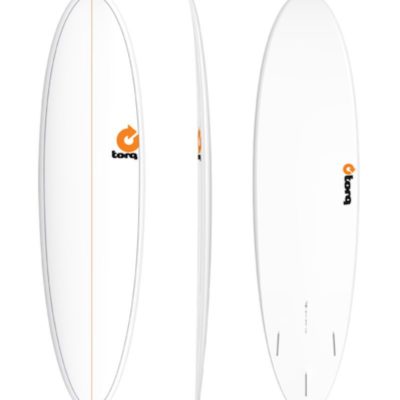Walden Surfboards
THE FATHER OF THE MODERN LONGBOARD
Steve Walden is recognized throughout the surfing industry as "The Father of the Modern Longboard." There is no doubt that his contributions to the evolution of the original modern longboard have been profound. An accomplished professional surfer, Walden grew up in the heart of the surfing revolution on the beaches of Southern California, shaping personal boards for he and his friends for 40 years.
BIRTH OF THE MAGIC MODEL
1981 found Walden back in Southern California, where his designing took on even more radical changes. In 1983 he worked with Al Merrick at Channel Islands (one of the premier shortboard manufacturers at that time). His development of the longboard continued, and he more highly refined the rails, curve, and hull design for a greater degree of cutting-edge performance. These elements were combined into one primary design, giving birth to his famous "Magic Model." This board went on to become the industry standard for modern longboards.
SURFING EXCELLENCE
Walden currently operates a surfboard manufacturing facility in Ventura, California. He continues to actively compete in professional competitive surfing, and in fact holds the longest recorded nose ride in competition history. He attributes this feat to the excellence of his nose-riding design. His most recent industry precedent is a longboard designed specifically for the female surfer.





